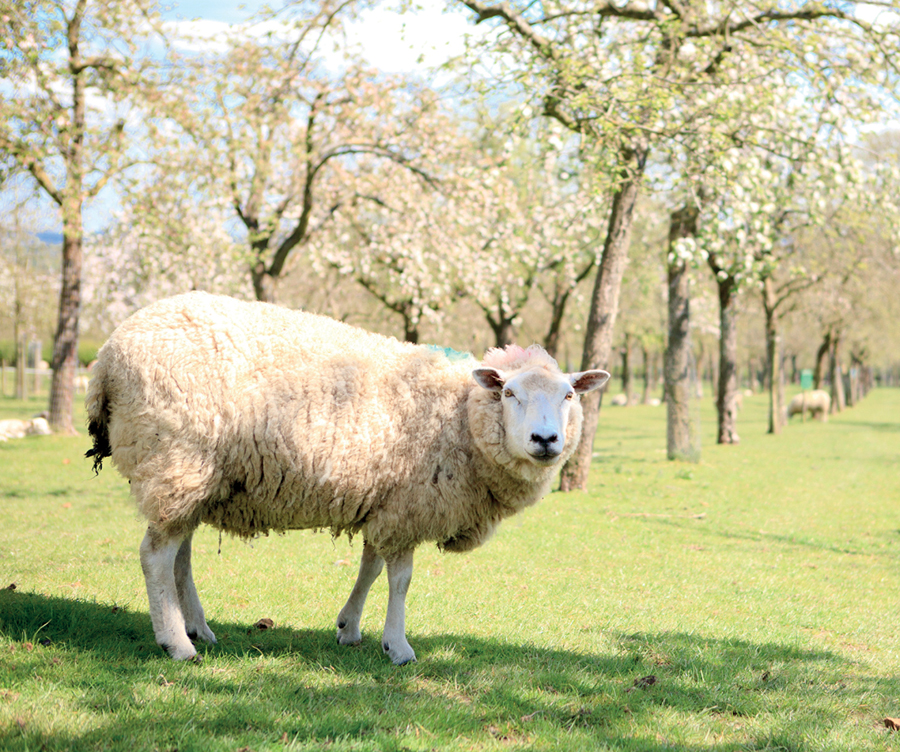UK agroforestry: Funding options, uses and income streams
23rd October 2024
Agroforestry is gaining popularity in the UK as a sustainable land management approach.

Agroforestry offers numerous environmental benefits, such as improving soil health, enhancing biodiversity, and increasing climate resilience. Additionally, agroforestry provides farmers with diverse income streams, making it a viable option for sustainable agriculture.
Agroforestry practices in the UK can be tailored to various farming systems.
Silvopasture combines trees with livestock grazing, where trees provide shade and shelter for animals, enhancing their welfare and productivity while also improving soil fertility and sequestering carbon.
Silvoarable systems integrate rows of trees with arable crops, such as timber, fruit, or nuts, planted between crop rows. This not only diversifies income, but also improves soil health and water retention.
Riparian buffers involve planting trees along waterways to protect water quality by reducing runoff and preventing soil erosion. These buffers support wildlife habitats and can qualify for conservation payments.
Forest farming involves cultivating high-value crops like mushrooms, medicinal herbs, or fruits under existing woodland canopies, allowing farmers to diversify their income while preserving natural habitats.
The UK offers several funding schemes to support the adoption of agroforestry practices. The Countryside Stewardship Scheme (CSS) provides grants for planting and managing trees within agroforestry systems, including hedgerows and riparian buffers.
The Environmental Land Management Scheme (ELMS), set to replace CSS, will reward farmers for delivering public goods such as improved air and water quality and increased biodiversity, with anticipated support for agroforestry.
Woodland Creation Grants cover costs related to tree planting, fencing, and maintenance, making it easier for farmers to establish agroforestry systems. Additionally, agroforestry practices that sequester carbon can qualify for carbon credits, offering an extra income stream while contributing to climate change mitigation.
Agroforestry can diversify farm income through several avenues. Timber and wood products from trees grown for timber, firewood, or biomass provide a long-term income source.
Fruit and nut production offers high-value crops for sale or can be processed into value-added products like jams or oils. Silvopasture and silvoarable systems enable the continued production of traditional agricultural products, such as livestock and crops, while benefiting from the resources and shelter provided by trees.
Additionally, environmental payments for ecosystem services, including carbon sequestration and biodiversity enhancement, offer a stable income stream that is less influenced by market fluctuations.
Agroforestry is a promising option for UK farmers seeking sustainable and profitable land management. With the right support, it can transform agricultural landscapes, providing both environmental and economic benefits. Finding a good tree supplier is a vital component, and Frank P Matthews is a good place to start, offering what it claims to be the UK’s widest range of trees.
Read more farm business news



